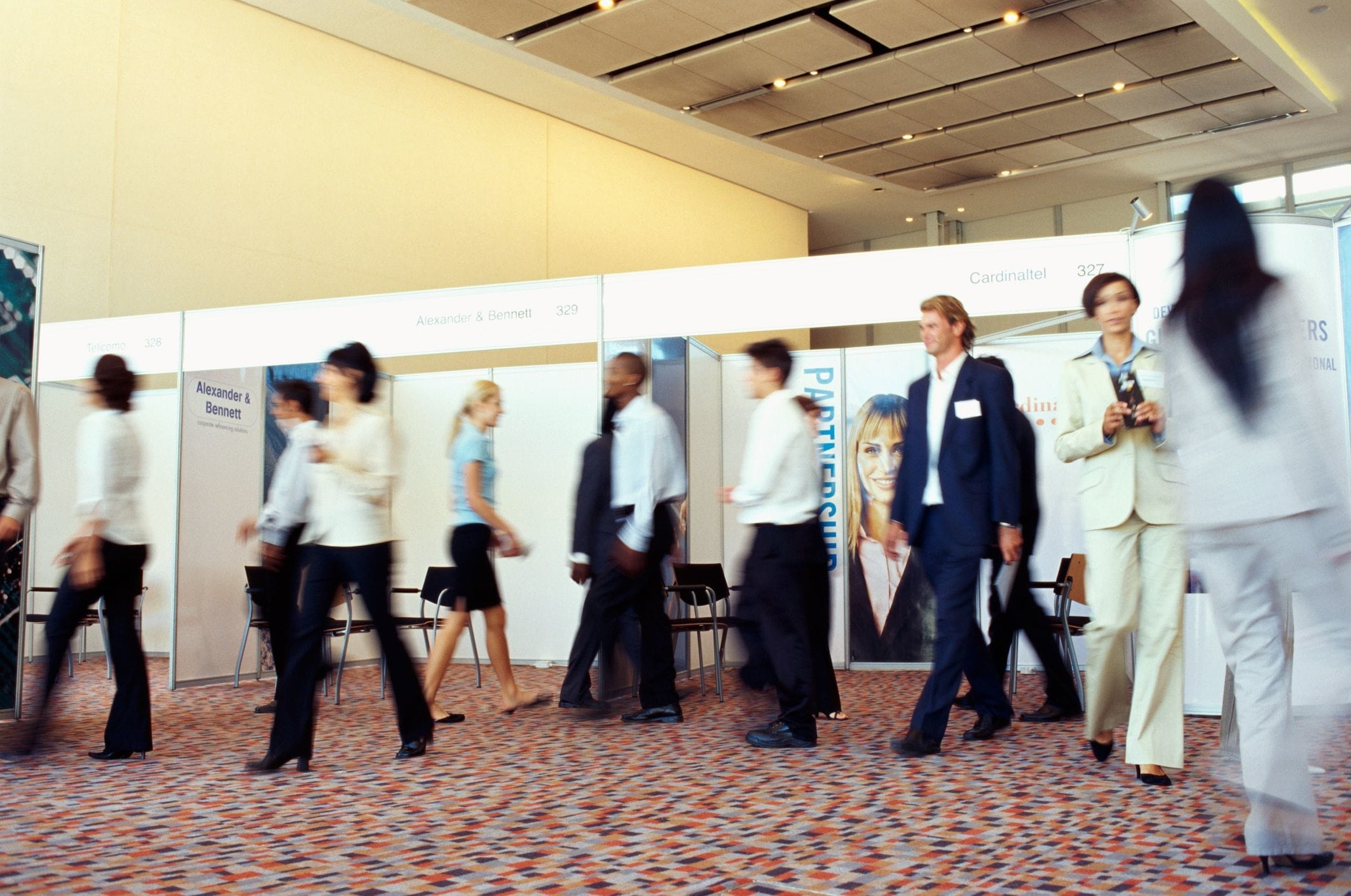Ostensibly on hold, business-to-business trade shows are yet another billion-dollar industry thrust into uncertainty by the coronavirus pandemic. Estimating these events to be a more than $15 billion industry in the U.S. in 2019, PwC in its latest Global Entertainment & Media Outlook forecasted that the space would contract by nearly 65 percent in 2020. This is to say nothing of the thousands of businesses that rely on trade shows to generate new business. In fact, trade shows have long been the second-largest source of business-to-business revenue in the U.S., according to PwC.
To understand how this phenomenon is impacting those businesses, my firm, SalesRoads, surveyed more than 100 sales and marketing professionals on their business development efforts in 2020 and trade-show plans for 2021. We’ve detailed our findings in a new report titled The State of Trade Show Lead Generation. These are my top three predictions from those findings.
Investment Will Lag Appetite
We asked our respondents when they would feel comfortable attending a trade show, and nearly seven in 10 of them chose a period before the third quarter of 2021. But despite their willingness to attend an event, our respondents were less bullish with their pocketbooks; only four in 10 respondents told us they would restore 100 percent of their trade-show budgets, even when safe to attend large in-person events.
It’s an interesting contradiction, but one that I think is rooted in pragmatism. Consider the following:
- 73.5 percent of respondents told us they would rather attend an in-person trade show than a virtual event.
- 40.2 percent of respondents told us virtual events are better than in-person trade shows for generating new business.
In other words, people would rather attend an in-person event, but are finding equal success using virtual events for lead generation. Given their success, one can imagine business leaders parking their investment where it is working. The economics of flying a whole sales team to a conference just don’t work when virtual alternatives are equally effective.
Virtual Is the New Normal
Surprise, surprise — businesses are having success using virtual events for business development, so those virtual alternatives are here to stay. But this prediction isn’t just about following dollars; rather, consumer preferences have changed.
“How many people wanted to go to [a] trade show but couldn’t afford to? Or their daughter’s wedding was that weekend?” asked Jeff Guberman, CEO of McVeigh Global Meetings and Events and one of our interviewees. “If you normally would have normally gotten 1,000 people [at your event], maybe you’re going to get 700 or 800 people going forward, but maybe you’ll get another 1,000 people virtually.”
But I see other broad advantages for consumers as well, including increased accessibility for small-budget attendees who want an experience but can’t afford the flight and hotel.
Expect New Emphasis on Keynotes and Presentations
So, hybrid trade shows with virtual options seem likely to materialize, but which parts of a trade show can be recreated virtually, and which can’t?
The most common complaint about virtual trade shows is high barriers to networking. This intuitively makes sense. It’s impossible to recreate bumping into someone in the elevator. But what can be recreated in a virtual environment are keynotes and presentations.
If event-industry leaders are predicting that up to 40 percent of their attendees may be virtual, they need a way to hook those virtual attendees. I expect the keynotes will be that hook. (If I were in the business of putting on trade shows, I’d see a new opportunity to sell sponsorships for exclusive presentations.)
In any case, expect content to be a new point of emphasis in everything from pre-event promotion to experience creation.
David Kreiger C99 WG07 is founder and president of SalesRoads, a nationally recognized lead-generation service provider.

























